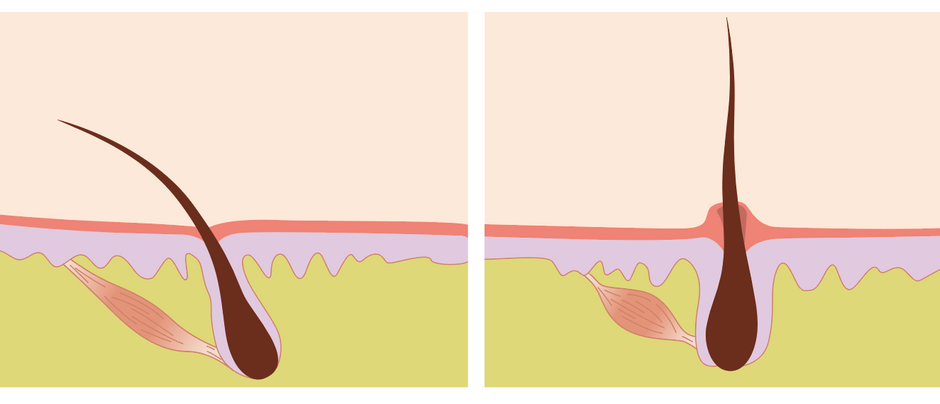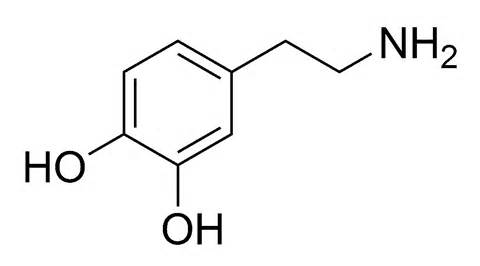What Are they ?
 Goose bumps are small bumps on a person’s skin at the base of body hairs. Tiny muscles at the base of each hair contract and pull the hair erect. The most common type of goose bumps is a response to cold.
Goose bumps are small bumps on a person’s skin at the base of body hairs. Tiny muscles at the base of each hair contract and pull the hair erect. The most common type of goose bumps is a response to cold.
Responding the the Cold…

Shivering increases the amount of heat produced by muscles by a factor of 3 or 4 times
In addition to getting goose bumps, our bodies respond to cold in several other ways. Shivering increases the amount of heat produced by muscles by a factor of 3 or 4 times at peak shivering.
As the body’s core temperature drops, the central nervous system also restricts blood flow to the limbs and reroutes some of this blood to the internal organs of the body. The limbs get pale and then turn blue.
The animal kingdom also responds to cold :
- Birds preen and fluff up their feathers in anticipation of approaching cold weather.
- Fur coats thicken.
- Migrating animals go south.
- Some animals hibernate.
- Small animals eat almost constantly just to stay a live.
The smaller the animal the greater their surface-area-to-volume ratio. Small animals lose a lot more heat through their skin than big animals do. That is why there are very few small animals in arctic regions. Big animals, like polar bears, survive where squirrels would die.
Other Reasons for Goose Bumps…
Goose bumps can also occur when a person is angry or afraid. Certain noises, such as nail scratches on a blackboard, can trigger goose bumps. Strong emotional responses can also produce goose bumps – evocative music, seeing a famous person or someone we love.
 Research published in the Canadian journal Nature Neuroscience indicates that dopamine is released when listeners are in a strong music-induced emotional state. The “reward” chemical dopamine produces a physical effect known as the “chills,” which causes changes in heart rate, skin resistance, skin electrical conductance, and breathing rate.
Research published in the Canadian journal Nature Neuroscience indicates that dopamine is released when listeners are in a strong music-induced emotional state. The “reward” chemical dopamine produces a physical effect known as the “chills,” which causes changes in heart rate, skin resistance, skin electrical conductance, and breathing rate.
RELATED ARTICLES
| What is Love ? (Scientifically Speaking) | |
| What Would Happen If You Stopped Sleeping ? – Would you Die ? |





